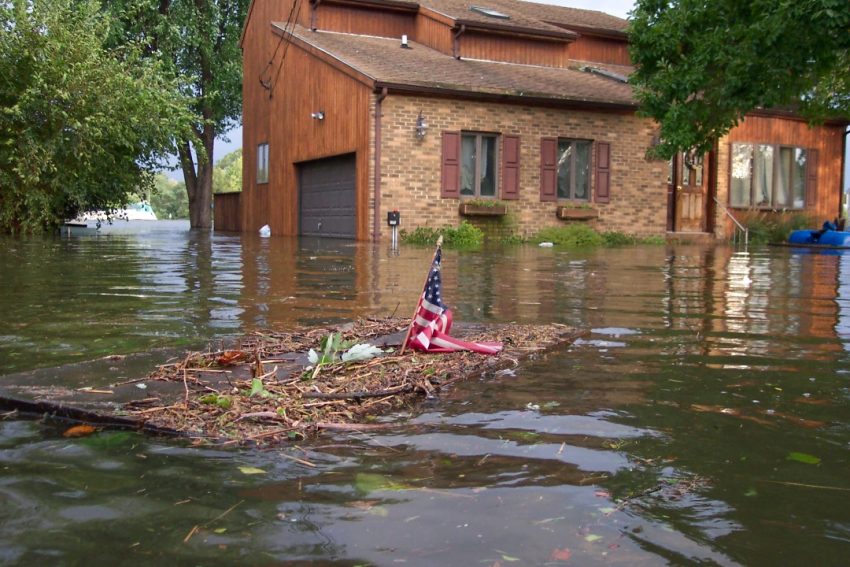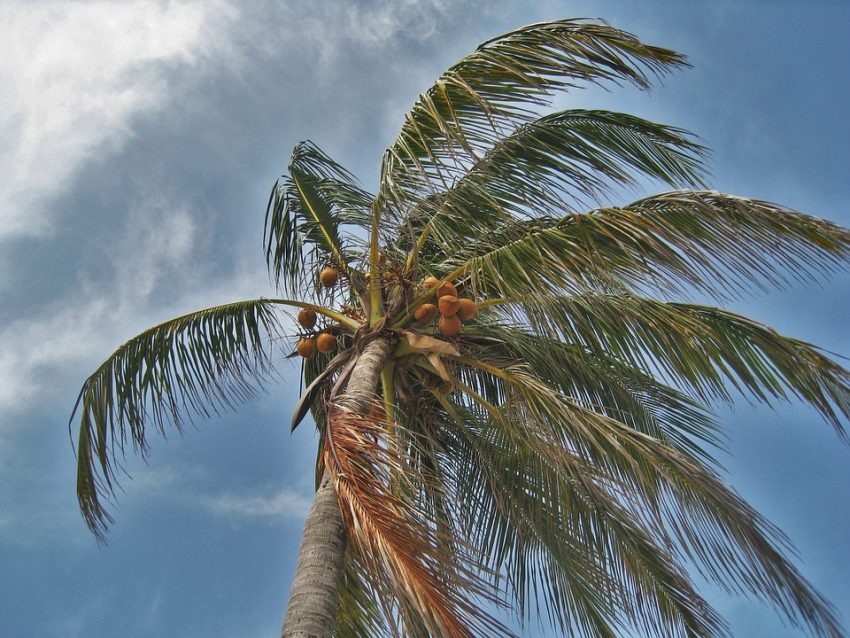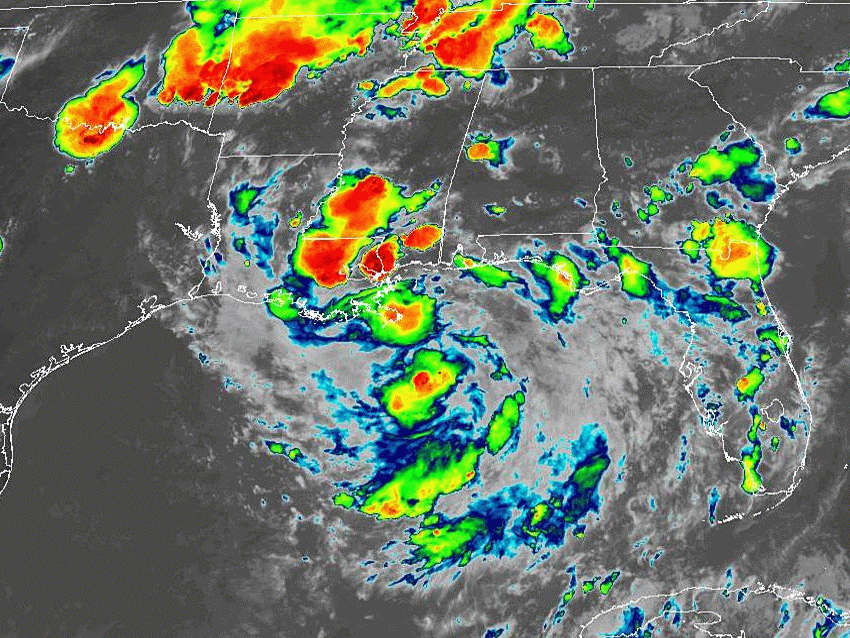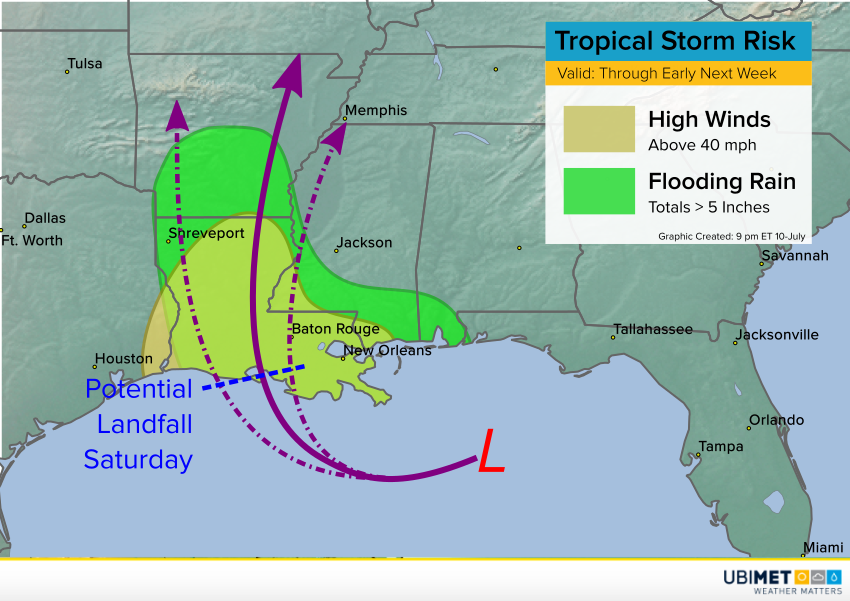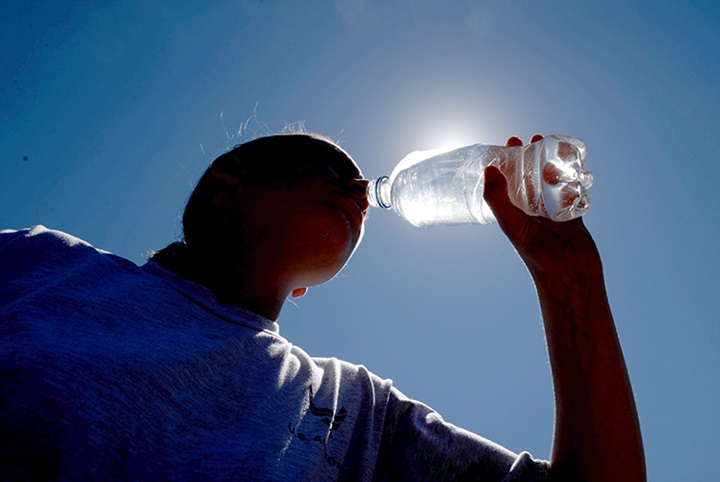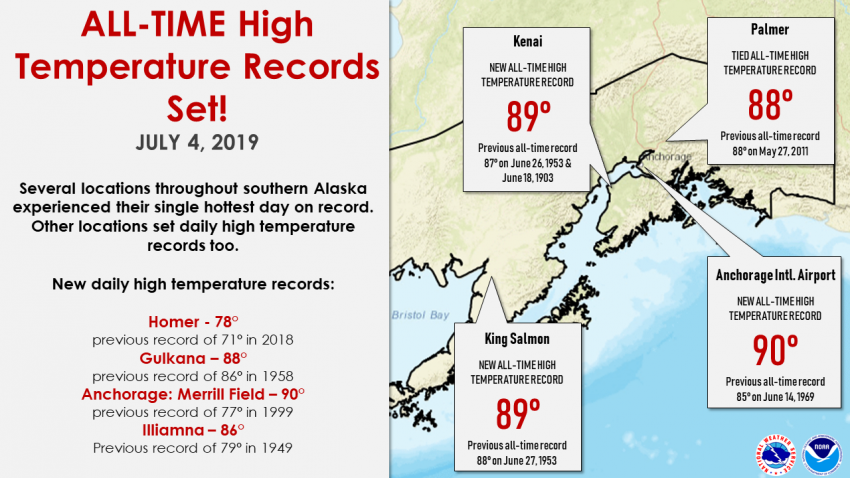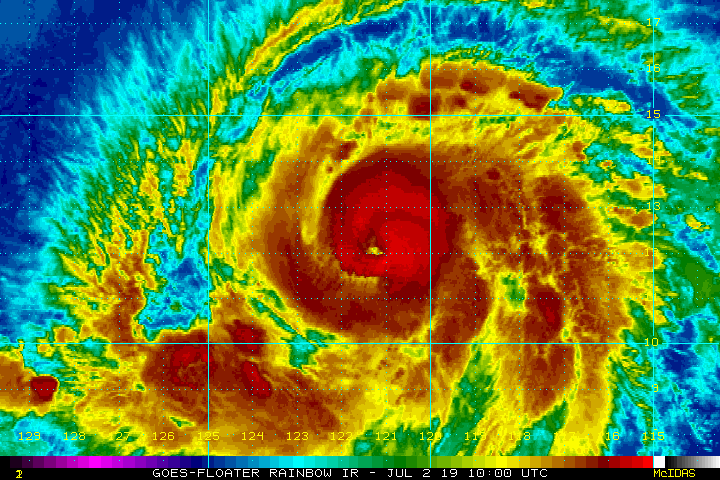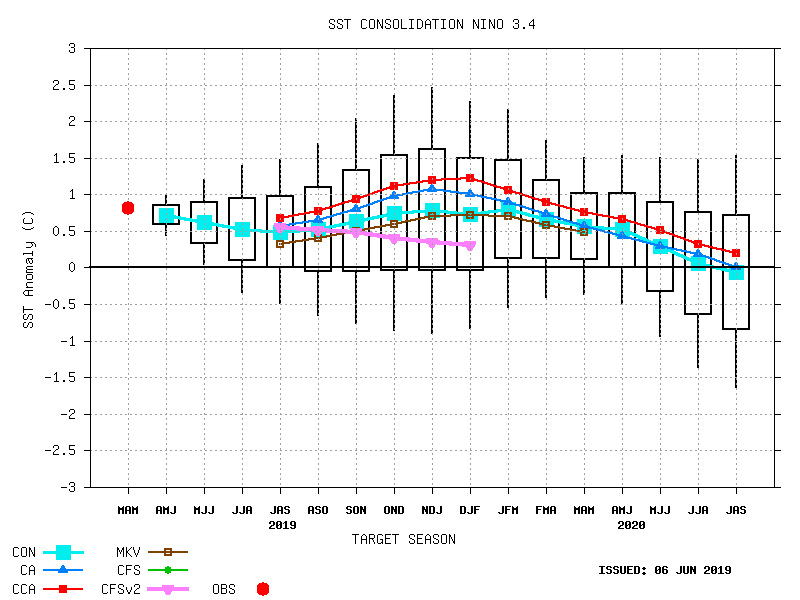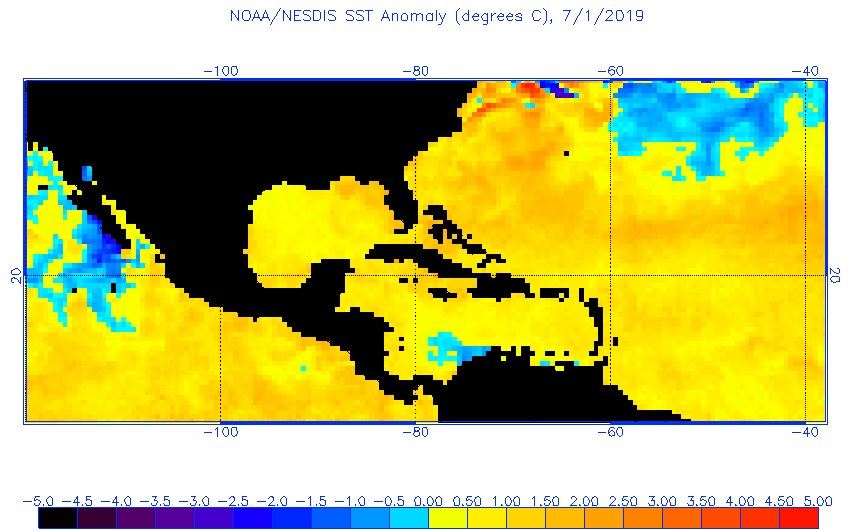Tropical Storm Barry Already Flooding New Orleans Days from Landfall
The tropical low that moved into the northern Gulf earlier this week strengthened Thursday to become Tropical Storm Barry. The second named storm of a fairly quiet 2019 season thus far, Barry is taking aim at coastal Louisiana. Further strengthening is expected and Barry could be a hurricane as it approaches landfall!
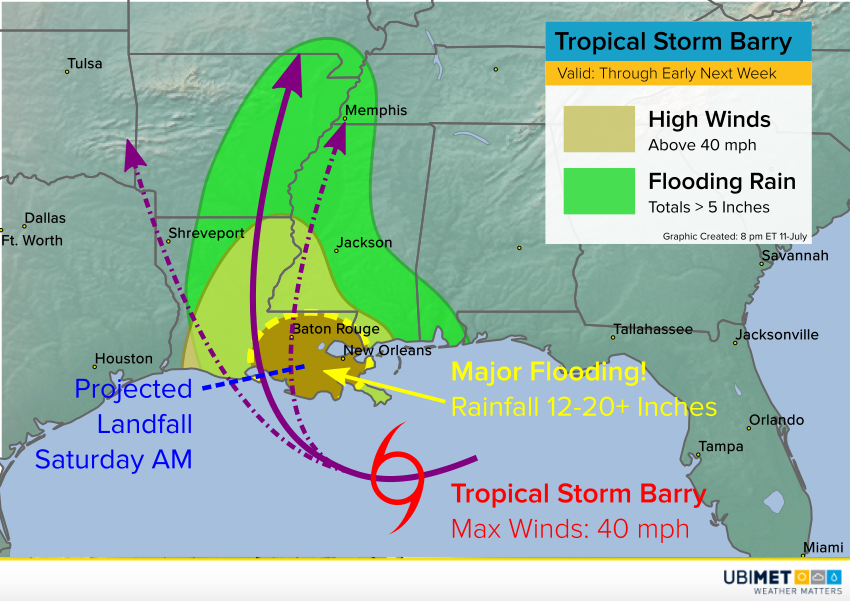
Louisiana is no stranger to hurricanes, but this would be the first to strike since Hurricane Isaac in 2012. Barry will bring a risk for damaging winds exceeding 40 mph and a significant storm surge locally up to five feet. However, the most widespread and dangerous threat could be flooding rainfall. The storm is in no hurry, crawling westward at about 5 mph. This slow forward movement combined with rich tropical moisture being wrapped in to the storm’s center will mean days of torrential rain. Totals of 12-18 inches (300-450 mm) will be common across southeastern Louisiana. Localized totals up to of 24 inches (600 mm) are likely! Serious flooding has already been occurring in the New Orleans area (see tweets below). The Mississippi River is expected to rise to levels not seen since 1950 in the New Orleans area.
Flooding on canal street in #NewOrleans #weather #storm #floods cc:@NBCNews pic.twitter.com/SL3KpNCDJt
— xuan thai (@Xuan_Thai) July 10, 2019
#TropicalStormBarry is slowly moving westward across the northern Gulf of Mexico, as seen here by NOAA’s #GOESEast. @NHC_Atlantic warns that Barry could produce dangerous storm surge, heavy rains and high winds along the Gulf Coast. More imagery: https://t.co/gnoNmVgqS3 pic.twitter.com/lje4WNKnGh
— NOAA Satellites (@NOAASatellites) July 11, 2019
A state of emergency has been declared for parts of Louisiana, and mandatory evacuations are in effect for some coastal communities. However, neighboring states will see significant wind and especially rain impacts as well. The worst impacts from wind and storm surge will be felt along coastal Louisiana from late Friday into Saturday. However, the freshwater flooding threat will stretch well into early next week for the entire Lower Mississippi Valley.
